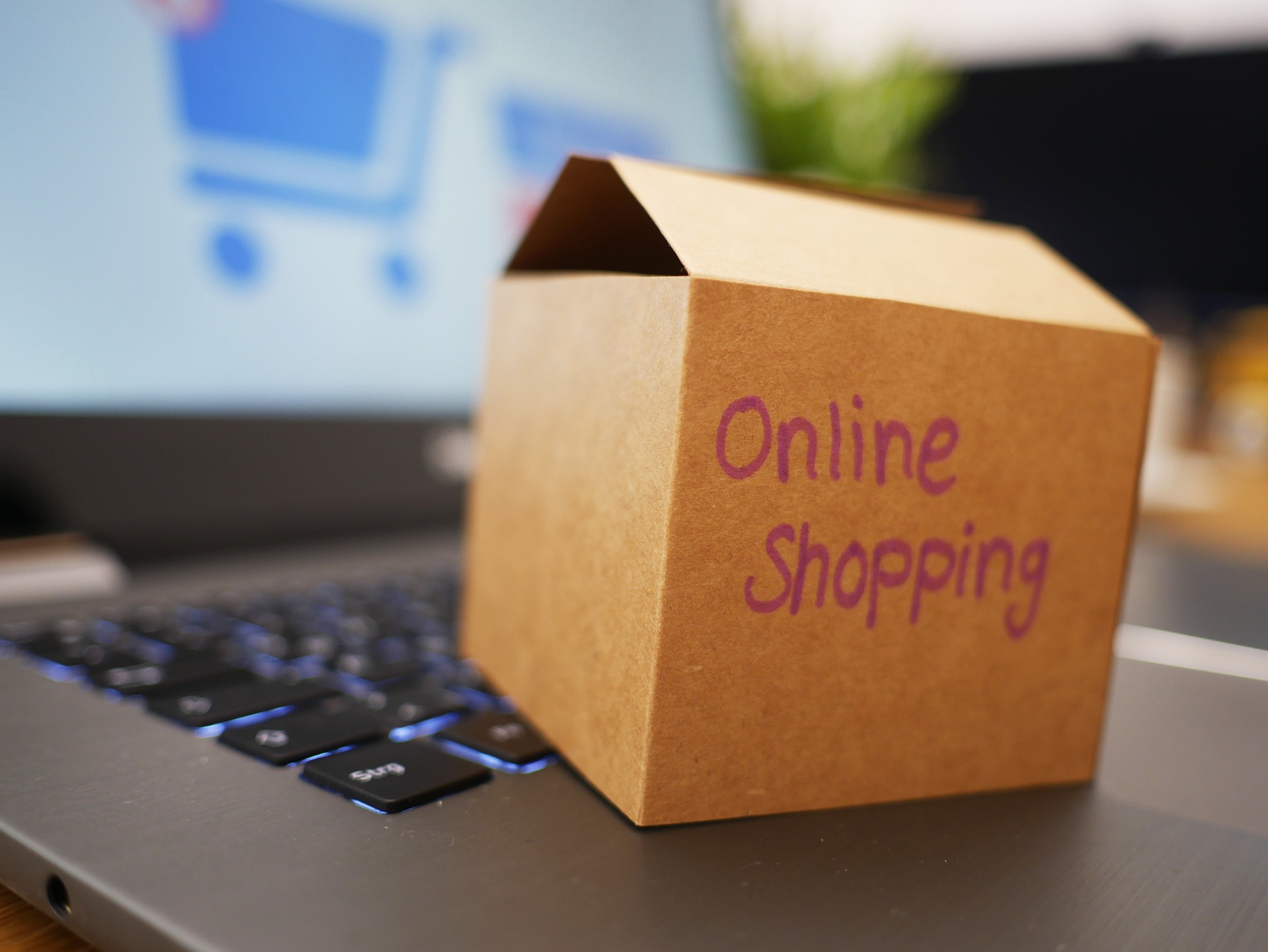The Latest Online Shopping Trends Transforming the Retail Landscape
Online shopping has evolved significantly over the past few years, driven by technological advancements and changing consumer behaviors. As retailers and consumers alike adapt to these shifts, new trends are emerging that shape the future of e-commerce. Read below to discover the latest online shopping trends that are revolutionizing the retail industry.

Rise of Augmented Reality (AR) and Virtual Reality (VR)
Augmented Reality (AR) and Virtual Reality (VR) are transforming the online shopping experience by bridging the gap between digital and physical retail. These technologies allow customers to visualize products in their environment or try them on virtually before making a purchase. This is particularly popular in the fashion and home decor industries.
AR apps enable shoppers to see how a piece of furniture would look in their living room or how a pair of shoes would fit with their outfit. VR, on the other hand, offers immersive experiences, such as virtual store tours and 3D product views. This not only enhances the shopping experience but also reduces the rate of returns, as customers make more informed purchasing decisions.
Personalized Shopping Experiences
Personalization in online shopping has moved beyond simple product recommendations. Today, sophisticated algorithms and AI-driven insights tailor the entire shopping journey to individual preferences. Retailers use data from browsing history, past purchases, and even social media activity to create personalized experiences.
Shoppers receive customized product recommendations, tailored discounts, and content that resonates with their interests. This level of personalization enhances customer satisfaction and loyalty, as consumers feel understood and valued by brands. Additionally, personalized emails and targeted marketing campaigns further engage customers and drive conversions.
Social Commerce and Influencer Marketing
Social media platforms are becoming significant players in the e-commerce landscape, blurring the lines between social interaction and shopping. Social commerce involves buying products directly through social media platforms like Instagram, Facebook, and TikTok. These platforms have integrated shopping features, such as shoppable posts, in-app checkout, and live shopping events.
Influencer marketing also plays a crucial role in social commerce. Influencers, with their large and engaged followings, can drive significant traffic and sales for brands. Collaborations with influencers often involve product reviews, unboxing videos, and live streams, which can build trust and influence purchasing decisions. The authenticity and relatability of influencers make them powerful marketing tools in the online shopping space.
Sustainable and Ethical Shopping
Consumers are increasingly prioritizing sustainability and ethics in their purchasing decisions. This trend has led to a rise in demand for eco-friendly products and transparent business practices. Online retailers are responding by offering more sustainable product lines, reducing plastic packaging, and highlighting their environmental efforts.
Brands are also focusing on ethical sourcing and fair trade practices, providing consumers with information about the origins of their products and the working conditions of their suppliers. Certifications like Fair Trade, B Corp, and organic labels help shoppers make informed choices that align with their values. As awareness of environmental and social issues grows, sustainability is becoming a key differentiator in the competitive e-commerce market.
Subscription Services and Auto-Replenishment
Subscription services and auto-replenishment models are gaining popularity as they offer convenience and predictability for consumers. These models cater to a variety of needs, from beauty and grooming products to meal kits and household essentials. Subscriptions provide a steady stream of recurring revenue for businesses and foster long-term customer relationships.
Auto-replenishment services are particularly appealing for everyday items like toiletries, cleaning supplies, and pet food. Customers can set up automatic deliveries based on their usage patterns, ensuring they never run out of essential products. This trend not only enhances customer convenience but also increases brand loyalty, as consumers rely on the seamless experience provided by these services.
Useful Tips and Facts
- AR and VR Shopping: Retailers investing in AR and VR technologies see a significant reduction in return rates and higher customer satisfaction.
- Personalization Impact: Personalized product recommendations can increase conversion rates by up to 20%.
- Social Commerce Growth: Social commerce sales in the US are expected to exceed $36 billion by 2023.
- Sustainable Shopping: Over 60% of consumers are willing to pay more for sustainable products.
- Subscription Services: The subscription e-commerce market is projected to reach $478 billion by 2025.
Conclusion
The online shopping landscape is rapidly evolving, driven by technological innovations and shifting consumer preferences. Trends like AR and VR, personalized shopping experiences, social commerce, sustainable shopping, and subscription services are reshaping how we shop online. By staying informed and adapting to these trends, both retailers and consumers can navigate the dynamic world of e-commerce effectively. Embrace these changes to enjoy a more engaging, convenient, and responsible shopping experience.




